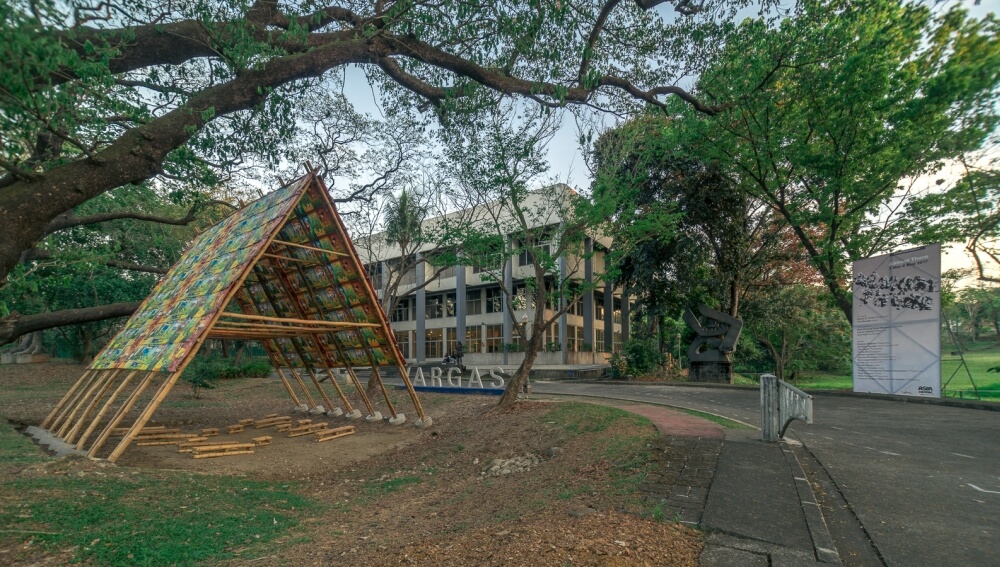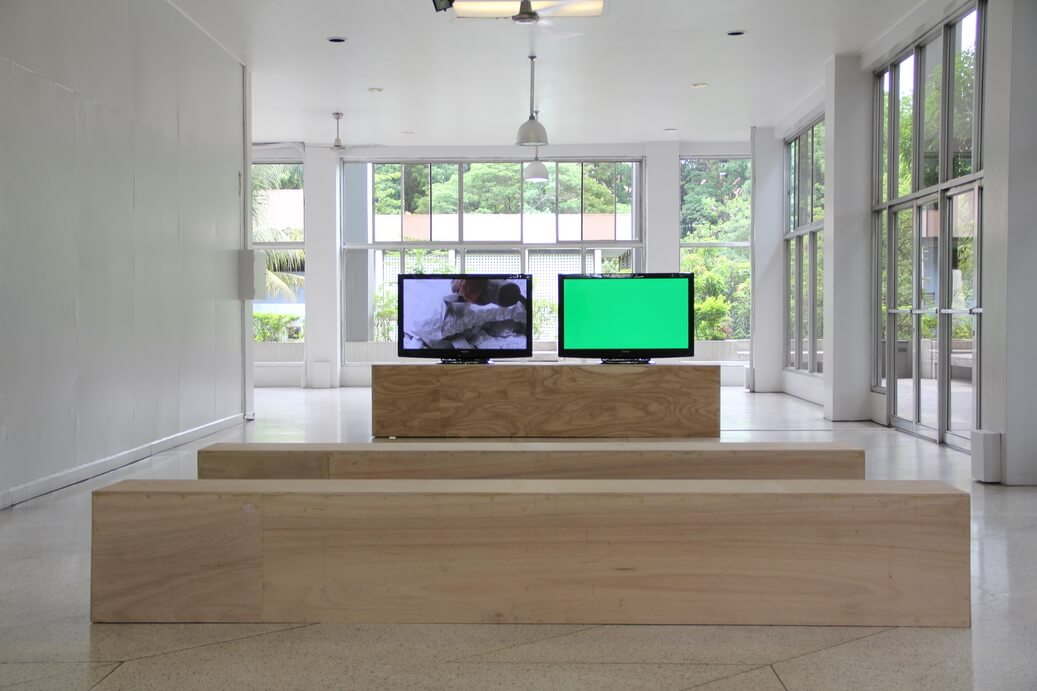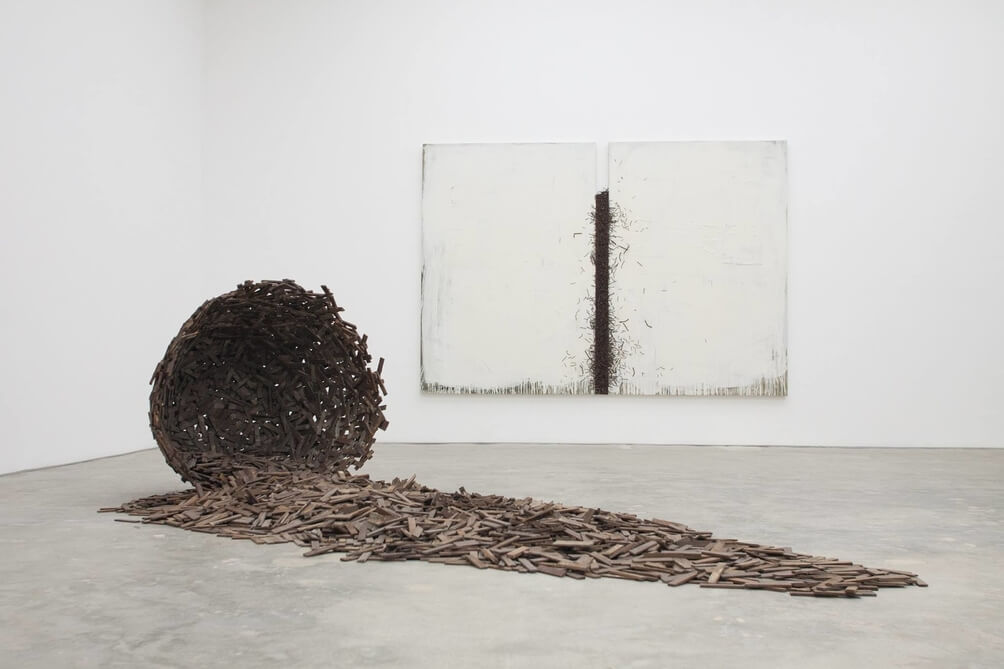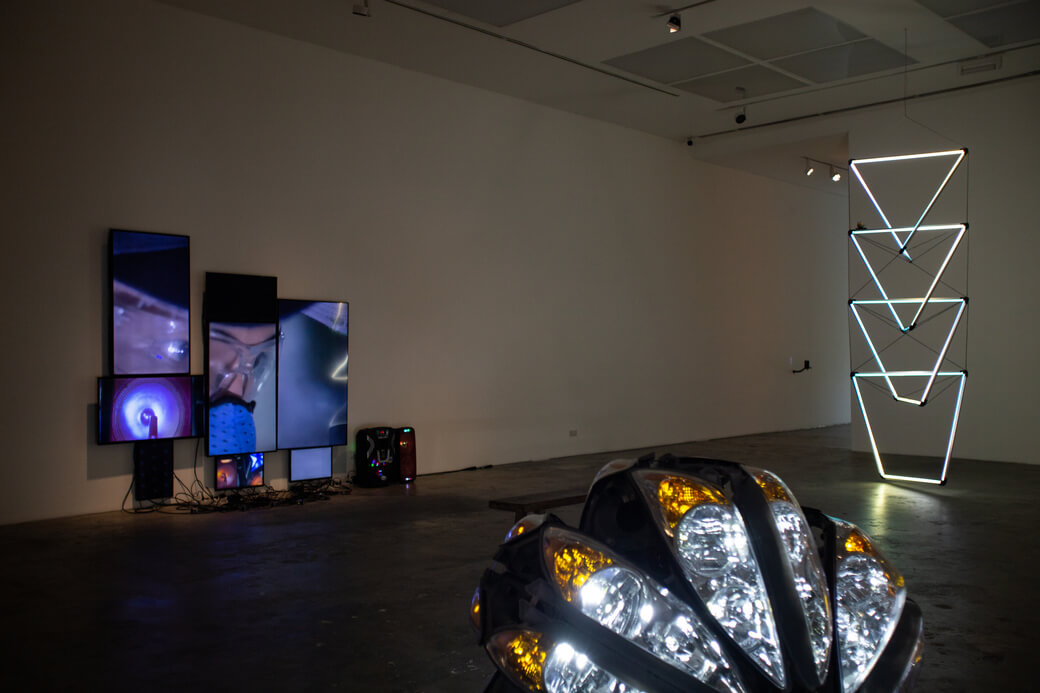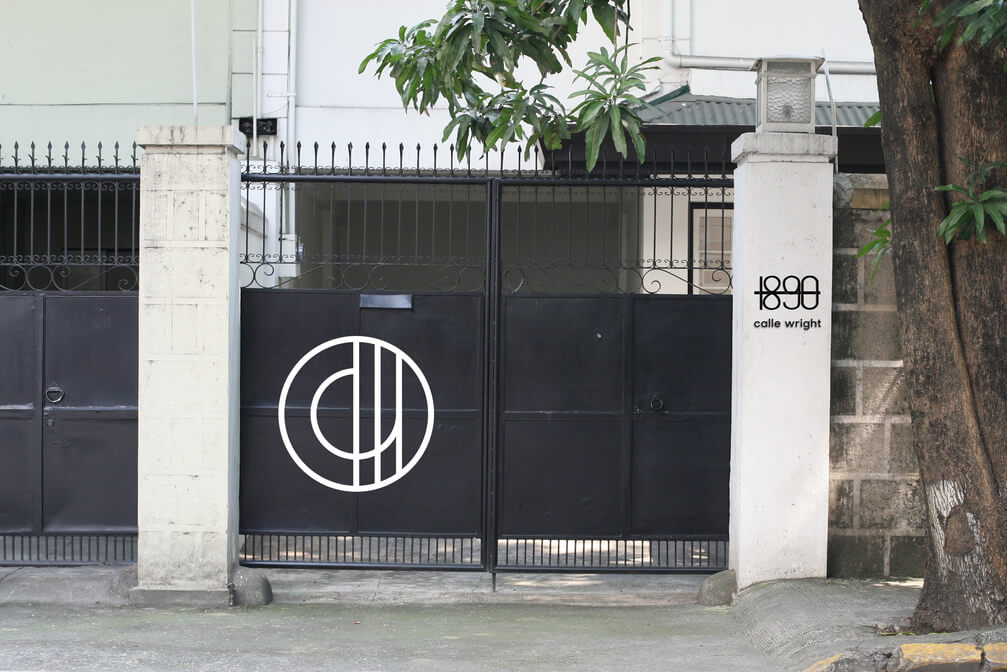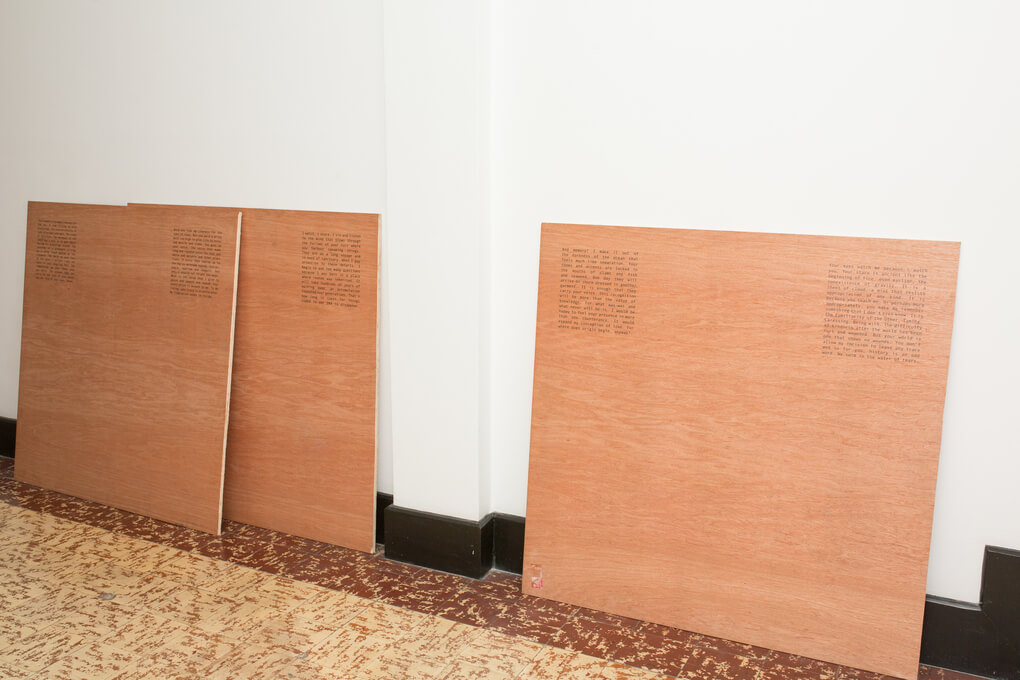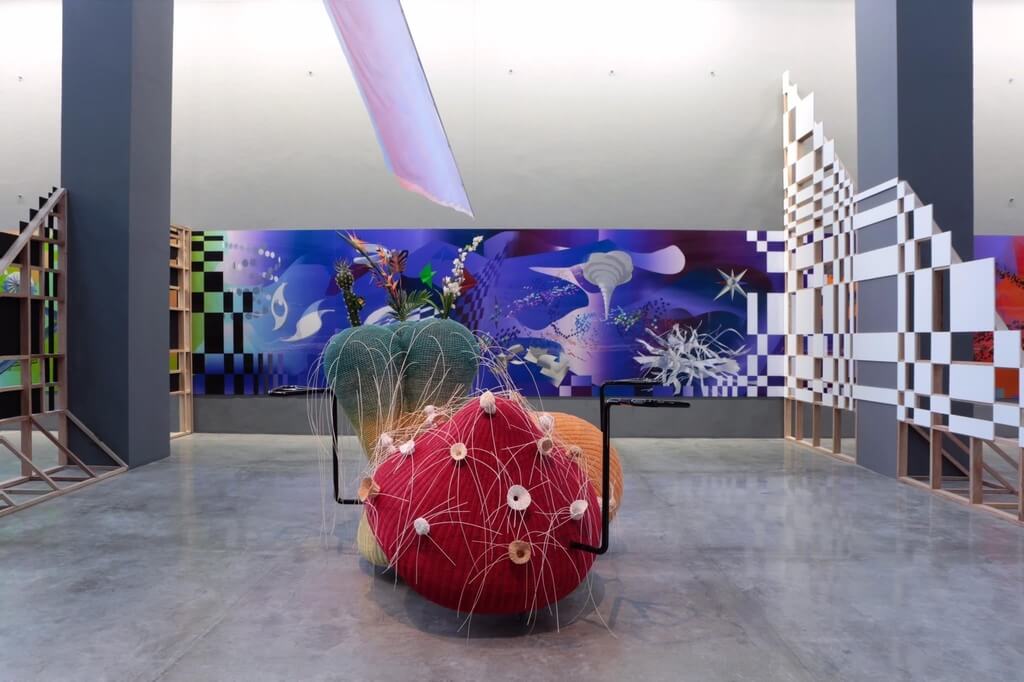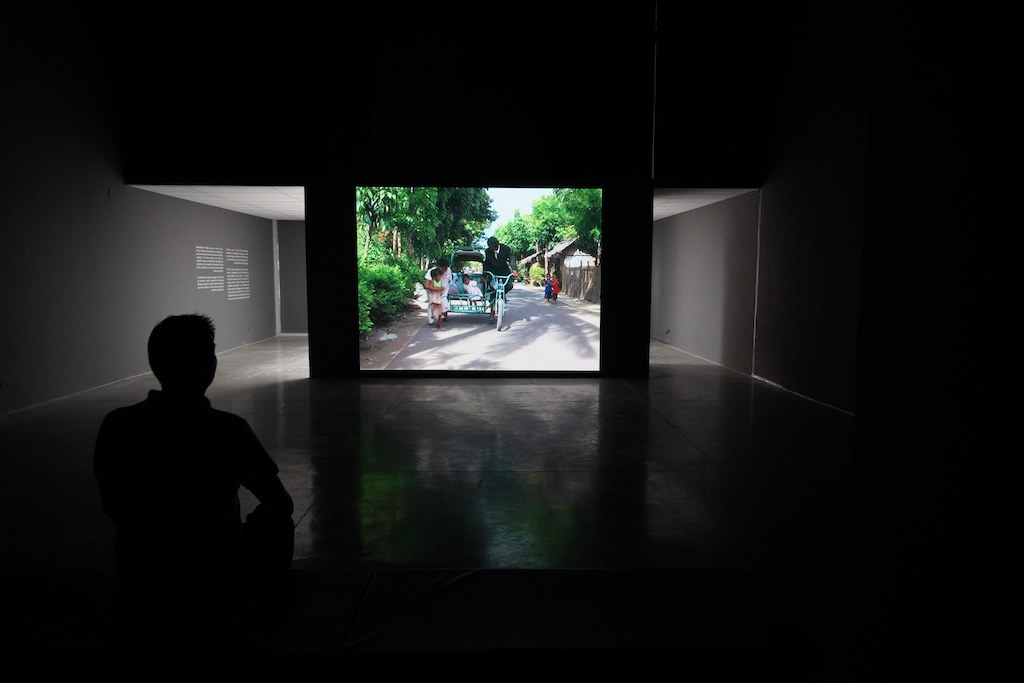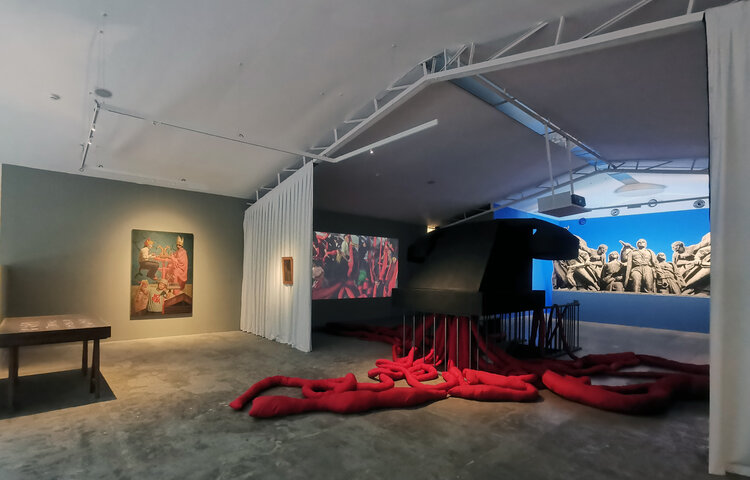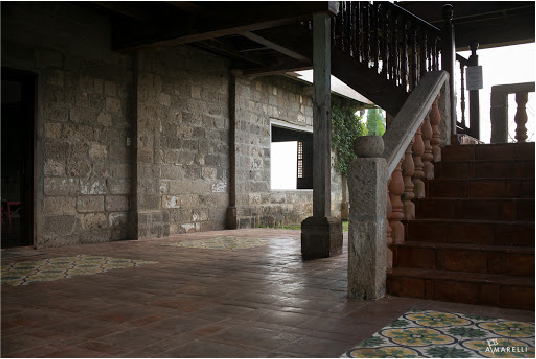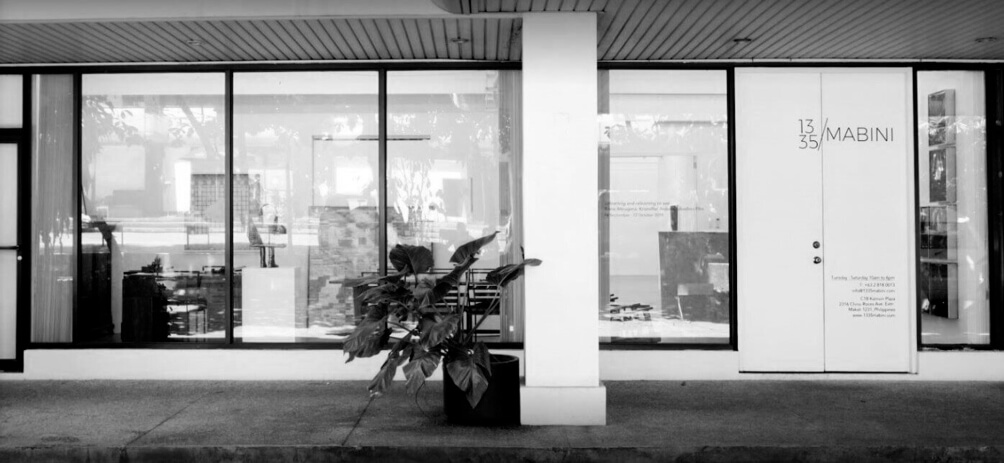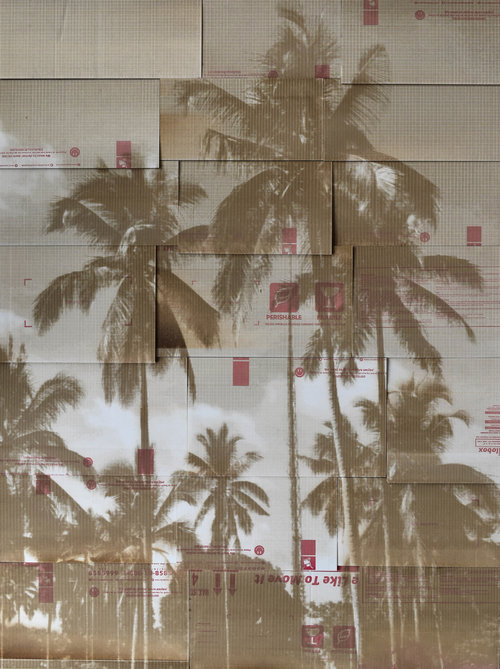Manila was an original global city, ‘the pearl of the Orient’, connecting trade routes from the Pacific Ocean to the Spanish Americas. Highly urbanised, today it is the world’s most densely populated city. Its arts scene is arguably the most progressive and exciting in Southeast Asia, led by artist-run spaces.
Victorio Edades and the Thirteen Moderns first introduced concepts of modern art to the Filipino public through opening their ateliers in the 1920s; the Artist Association of the Philippines founded 1948 and the Philippine Art Gallery in 1951 cementing an understanding of modern art. Arturo Luz opened the capital’s first professionally run commercial gallery in 1960 and from 1976-1986 directed the Metropolitan Museum of Manila, one of the first government-sponsored contemporary art spaces in Asia.
The father of Filipino Conceptual art Robert Chabet’s work at the Cultural Center of the Philippines, the University of the Philippines College of Fine Arts and his artist-run Shop 6 inspired the next generation to open new organic spaces which have shaped the art scene since the 1970s.
Manila is a focal point for today’s collectors, its galleries and institutions articulating new voices and fostering artistic talents.
This guide was created in collaboration with Laura Egerton.




